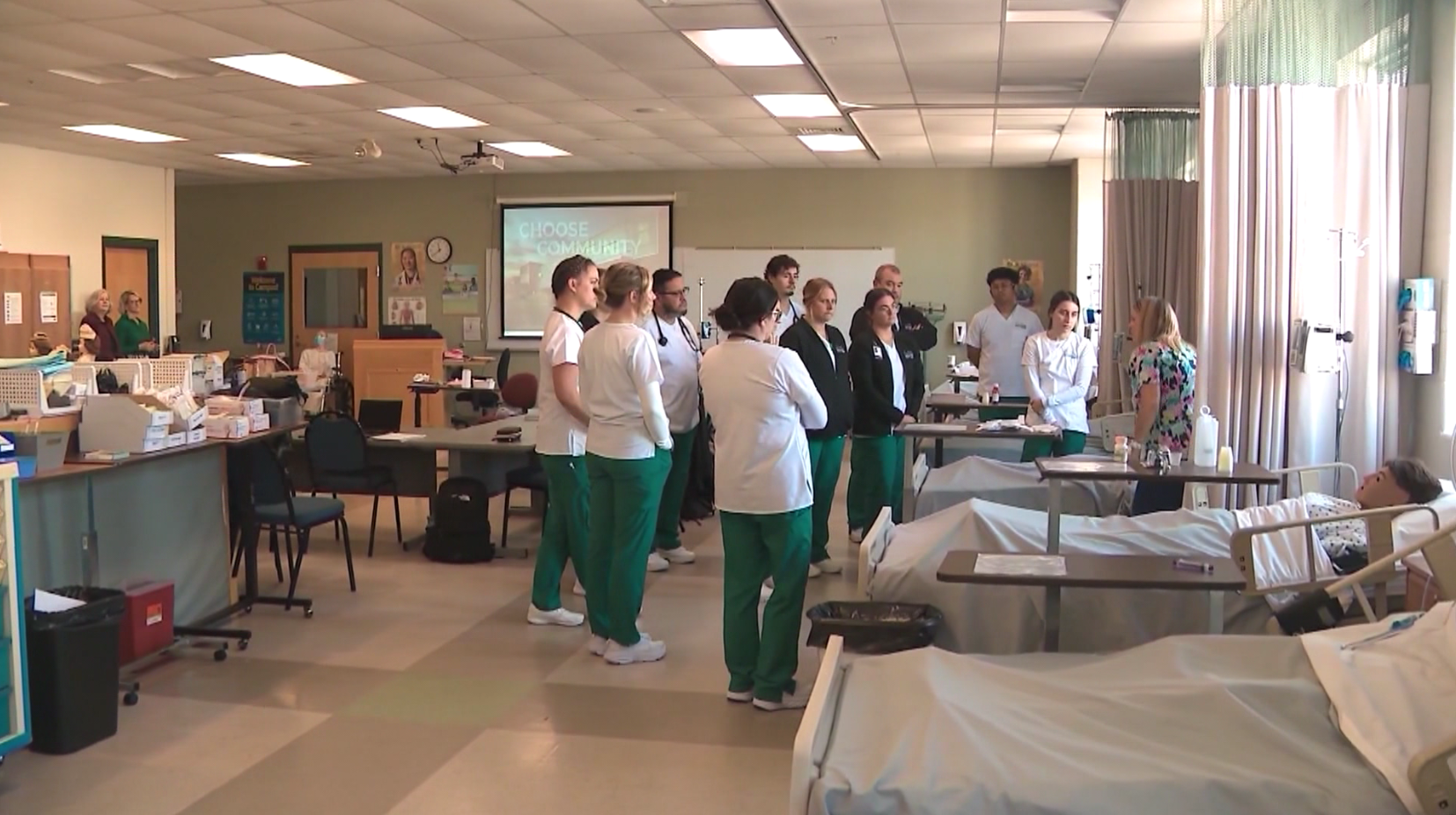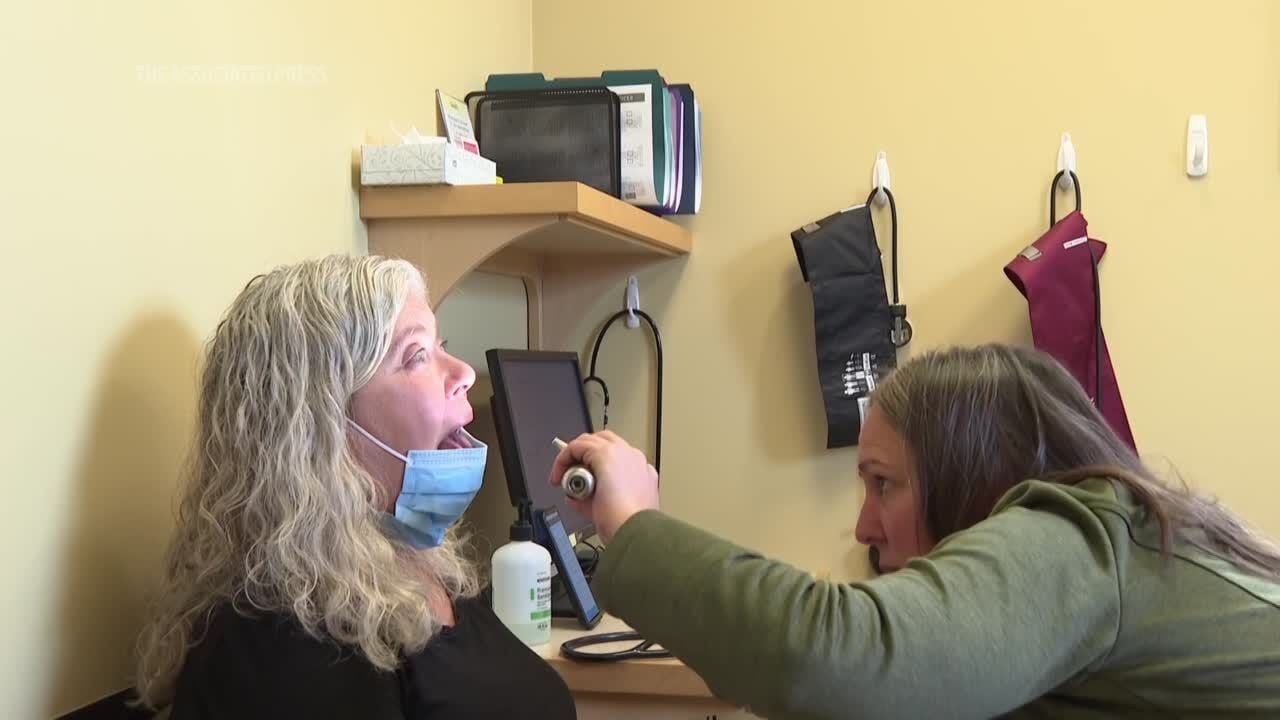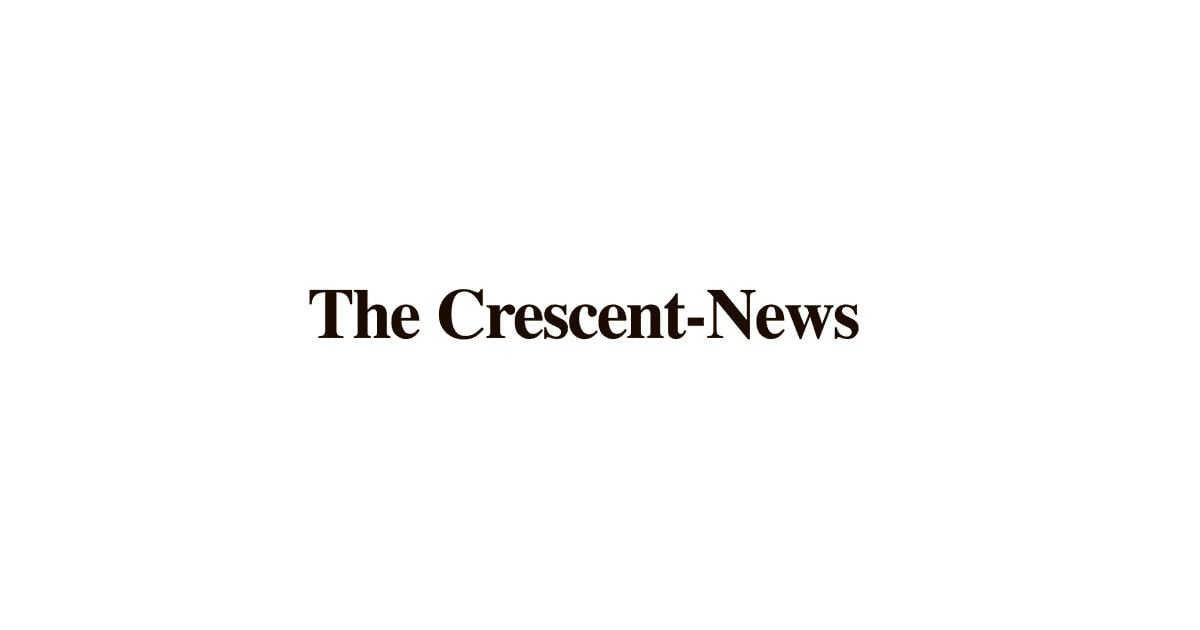A federally funded program at Elliot Hospital now supports 300 nursing students in New Hampshire. Officials hope this initiative will help address the state’s critical nursing shortage, strengthening front-line care in the years ahead.
Program helps New Hampshire nursing students amid critical shortage

Key Takeaways:
- Three hundred students are enrolled in a nursing program at Elliot Hospital.
- The program receives federal funding to support its efforts.
- Organizers aim to lessen New Hampshire’s nursing shortage.
- Elliot Hospital serves as a key training site for these future nurses.
- Statewide health care leaders are optimistic about the program’s impact.
The Scope of the Nursing Shortage
New Hampshire faces a pressing need for qualified nurses, a challenge that affects both urban and rural communities. Officials worry an unfilled demand for medical professionals could compromise patient care and strain existing providers.
Details of the Federally Funded Program
A new initiative backed by federal resources has enrolled 300 nursing students at Elliot Hospital. These aspiring nurses receive specialized training designed to prepare them for the realities of modern health care. By placing students directly in a clinical setting, the program aims to expedite their readiness for a field that desperately needs fresh talent.
Elliot Hospital’s Role and Perspective
Elliot Hospital, a major medical center in the Granite State, oversees the program’s day-to-day operations. Administrators note that combining academic instruction with hands-on practice equips students to serve effectively once they graduate. The hospital’s leadership believes this collaborative approach will help ensure a stronger and more prepared workforce.
The Broader Impact on New Hampshire
Stakeholders hope this initiative is just one part of a broader solution. By harnessing federal funding, local expertise, and enthusiastic students, health care leaders envision a more stable nursing workforce for the state. From rural clinics to urban hospitals, the potential ripple effects could improve patient outcomes and ease the strain on current staff.











